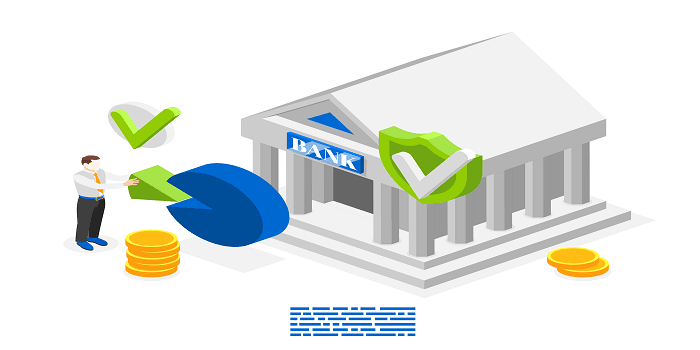Bank Nifty Expiry Day
Bank Nifty expiry day is a significant event in the Indian stock market, marked by heightened volatility and increased trading activity. As the contracts for the Bank Nifty index futures and options expire, traders and investors alike converge on the market to square off their positions or roll them over to the next series. This concentrated trading activity can lead to significant price fluctuations, creating both opportunities and risks.
Why Bank Nifty Expiry Day Matters
To fully grasp the impact of Bank Nifty expiry day, it’s essential to understand the underlying mechanics of derivatives trading. Futures and options contracts are financial instruments that derive their value from an underlying asset, in this case, the Bank Nifty index. On the expiry day, these contracts cease to exist, and their value is determined by the underlying asset’s spot price.
The Psychology Behind Expiry Day Volatility
The heightened volatility on expiry day is often driven by a combination of psychological factors and market dynamics. As the deadline approaches, traders may experience a sense of urgency, leading to impulsive decisions and increased risk-taking. Moreover, institutional investors, hedge funds, and retail traders may employ various strategies, such as hedging, arbitrage, and speculation, to position themselves optimally for the expiry.
Strategies for Trading Bank Nifty Expiry Day
Here are some strategies that traders can employ to navigate the volatility of Bank Nifty expiry day:
Buy Call Options:
- Strategy: Purchase call options on Bank Nifty if you believe the index will rise significantly.
- Risk: Limited to the premium paid for the options.
- Reward: Potentially unlimited if the index moves significantly higher.
Sell Put Options:
- Strategy: Sell put options on Bank Nifty if you believe the index will remain stable or rise.
- Risk: Unlimited if the index falls significantly.
- Reward: Limited to the premium received from selling the options.
Straddle Strategy:
- Strategy: Buy both a call and a put option on Bank Nifty with the same strike price and expiration date.
- Risk: High premium cost.
- Reward: Profitable in high volatility scenarios.
Strangle Strategy:
- Strategy: Buy both a call and a put option on Bank Nifty with different strike prices but the same expiration date
- Risk: High premium cost.
- Reward: Profitable in high volatility scenarios, especially if the index moves significantly in either direction.
Calendar Spread Strategy:
- Strategy: Involves buying and selling options contracts with different expiration dates but the same strike price.
- Risk: Limited to the net premium paid.
- Reward: Profitable in sideways or slightly trending markets.
Risk Management on Expiry Day:
Risk management is crucial on Bank Nifty expiry day. Here are some tips to manage risk:
- Set Stop-Loss Orders: Use stop-loss orders to limit potential losses.
- Diversify Your Portfolio: Spread your investments across different asset classes to reduce risk.
- Avoid Over-trading: Don’t over trade, as it can lead to impulsive decisions and significant losses.
- Stay Informed: Keep yourself updated with the latest news and market trends.
- Consult a Financial Advisor: Seek advice from a qualified financial advisor to make informed investment decisions.
The Impact of Expiry Day on the Broader Market
The volatility on Bank Nifty expiry day can spill over into the broader market, affecting the performance of other stocks and indices. This is particularly true for stocks that are closely correlated with the banking sector, such as financial services, real estate, and infrastructure.
Conclusion
Bank Nifty expiry day is a significant event in the Indian stock market. By understanding the dynamics of this day and employing appropriate strategies, traders can capitalize on the volatility and maximize their returns. However, it’s essential to remember that trading involves risk, and it’s crucial to manage risk effectively to protect your capital.
